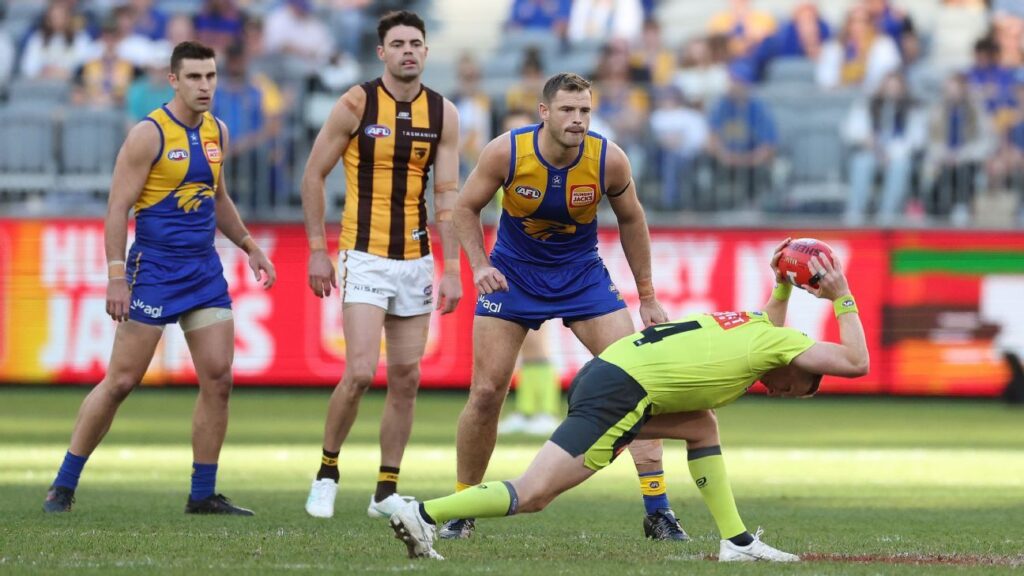
The Australian Football League (AFL) has announced significant rule changes for the 2026 season, including the removal of the traditional centre bounce and the scrapping of the substitute player in favor of an expanded interchange bench. These sweeping changes were confirmed by the league on Wednesday, with the aim of enhancing the game experience and addressing umpire health and safety concerns.
While the decision on the proposed ‘last disposal’ out of bounds rule remains pending until the next AFL Commission meeting later this month, the confirmed changes mark a pivotal shift in the league’s approach to gameplay.
Umpire Health and Game Consistency
The AFL’s new football operations boss, Greg Swann, emphasized that the removal of the centre bounce was driven by a desire to protect umpire health and create uniformity across all levels of the sport. Swann stated,
“The centre bounce has long been a part of Australian football tradition, but as the game has evolved, there are several areas which will benefit from allowing umpires to simply throw the ball up at the restart.”
Swann highlighted that the skill of bouncing the ball has been a barrier for many promising umpires, preventing them from advancing due to the difficulty of mastering the technique. By eliminating this requirement, the AFL hopes to broaden the pathway for talented officials.
Furthermore, Swann noted that this change is expected to reduce collisions between umpires and players, enhancing safety during contests.
“We also anticipate this decision will be safer for umpires and players at the contest and lessen the likelihood of umpire contact at the restart,” he said.
Impact on Game Dynamics and Strategy
The removal of the centre bounce is also projected to influence the dynamics of the game. Swann suggested that the change could lead to shorter game durations and more equitable ruck contests, two areas the league has been closely monitoring.
“The removal of the bounce we predict will also have a positive impact in the reduction of game length and produce a cleaner and fairer ruck contest,” Swann explained.
Meanwhile, the abolition of the substitute rule has been met with approval from various AFL coaches, who have criticized its implementation. Notably, Geelong’s coach Chris Scott has been a vocal opponent of the rule. The new structure will see teams field 23 players, including five on the interchange bench, maintaining current rotation limits.
Swann remarked,
“We have listened to the feedback from players, the clubs and the AFLPA to remove the substitute in favor of a fifth interchange player with rotations to remain the same.”
Looking Ahead: The Last Disposal Rule
While the centre bounce and substitute changes are set, the decision on the ‘last disposal’ out of bounds rule remains undecided. This rule, already in use in the AFL Women’s league (AFLW) and the South Australian National Football League (SANFL), has been supported by Swann in the past.
The AFL’s consideration of this rule indicates a continued focus on aligning gameplay across various competitions and enhancing the spectator experience. The league’s decision, expected later this month, will further shape the strategic landscape of Australian football.
As the AFL moves towards these changes, the implications for the game’s future are significant. By prioritizing umpire welfare and game consistency, the league aims to foster a more inclusive and dynamic environment for players, officials, and fans alike.







